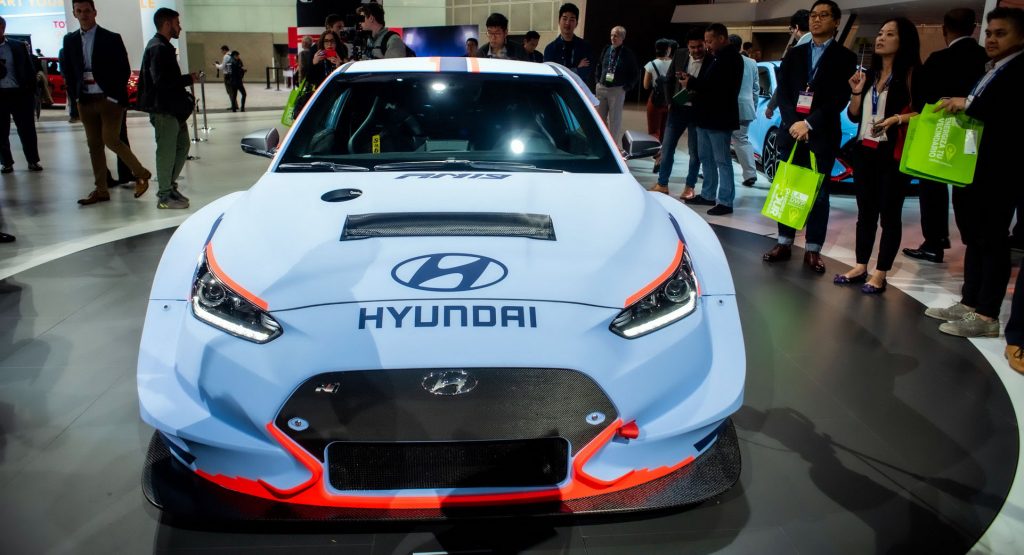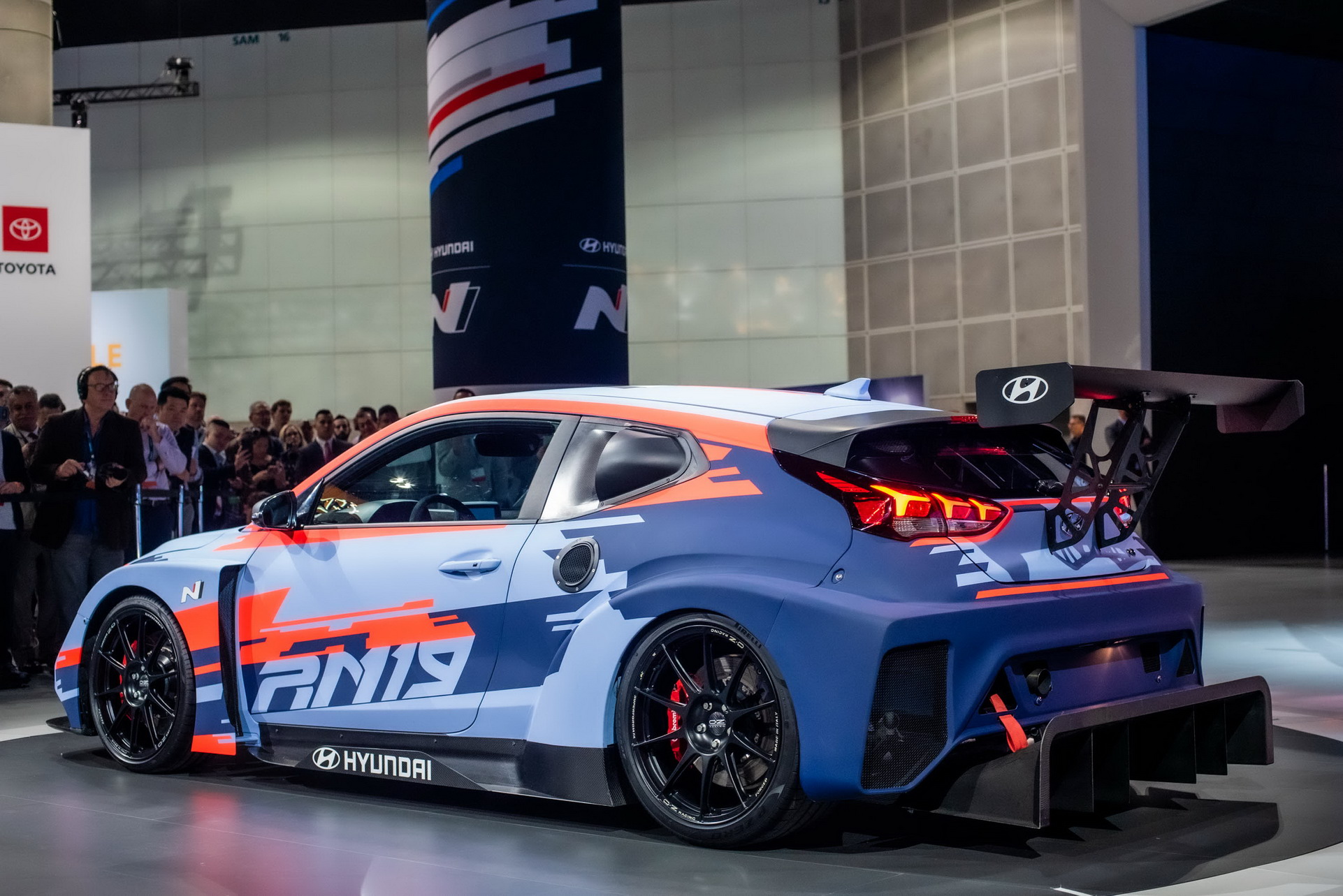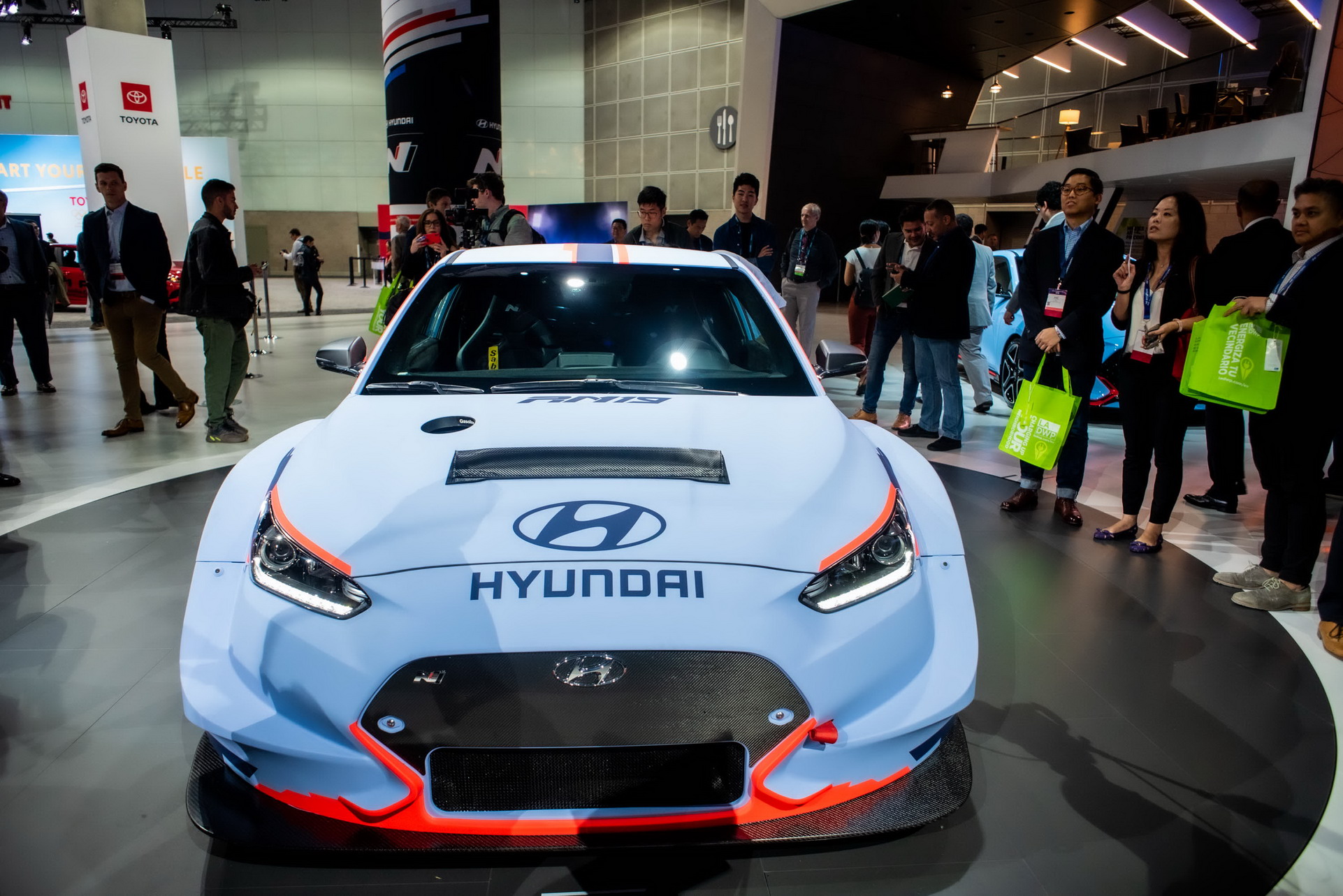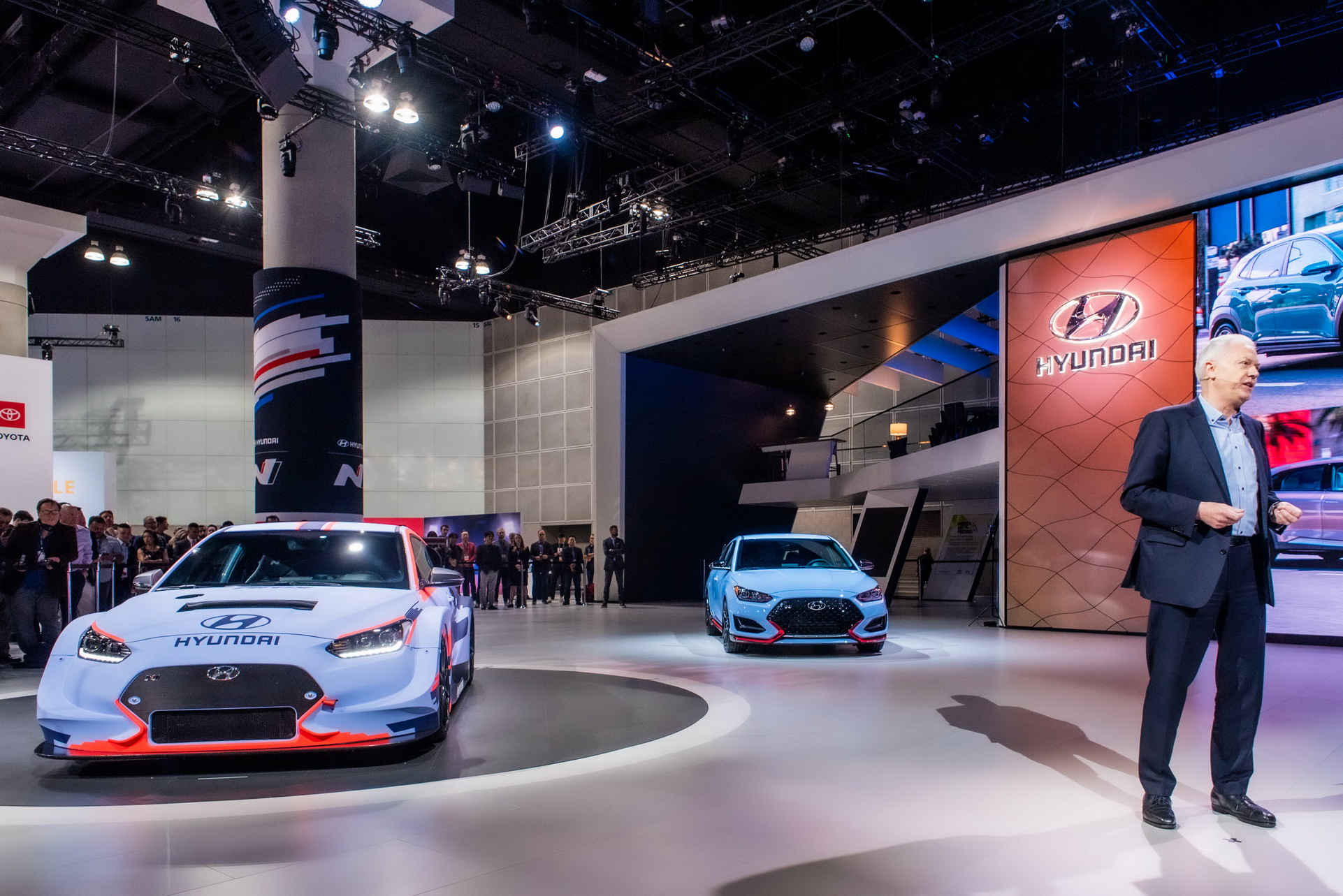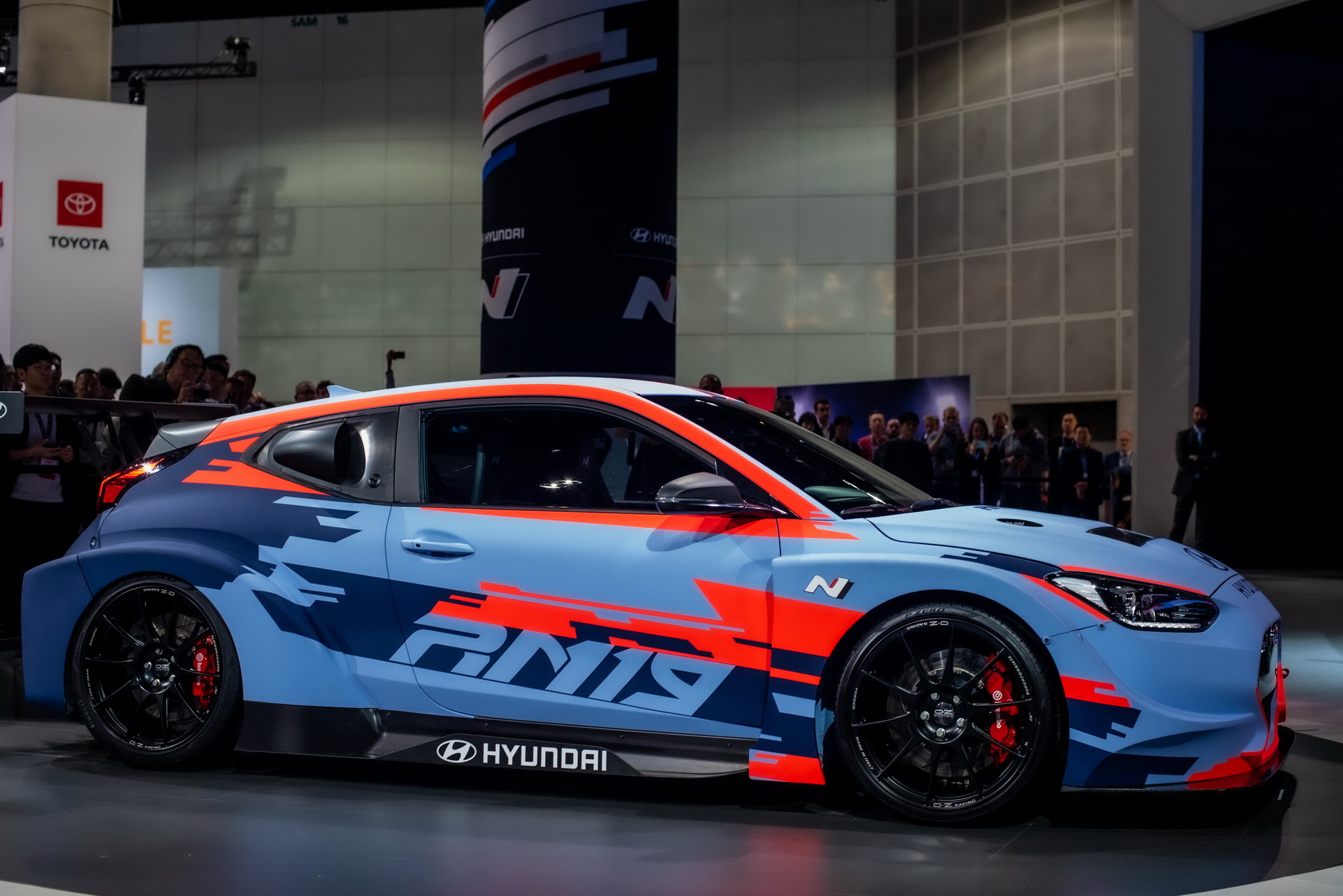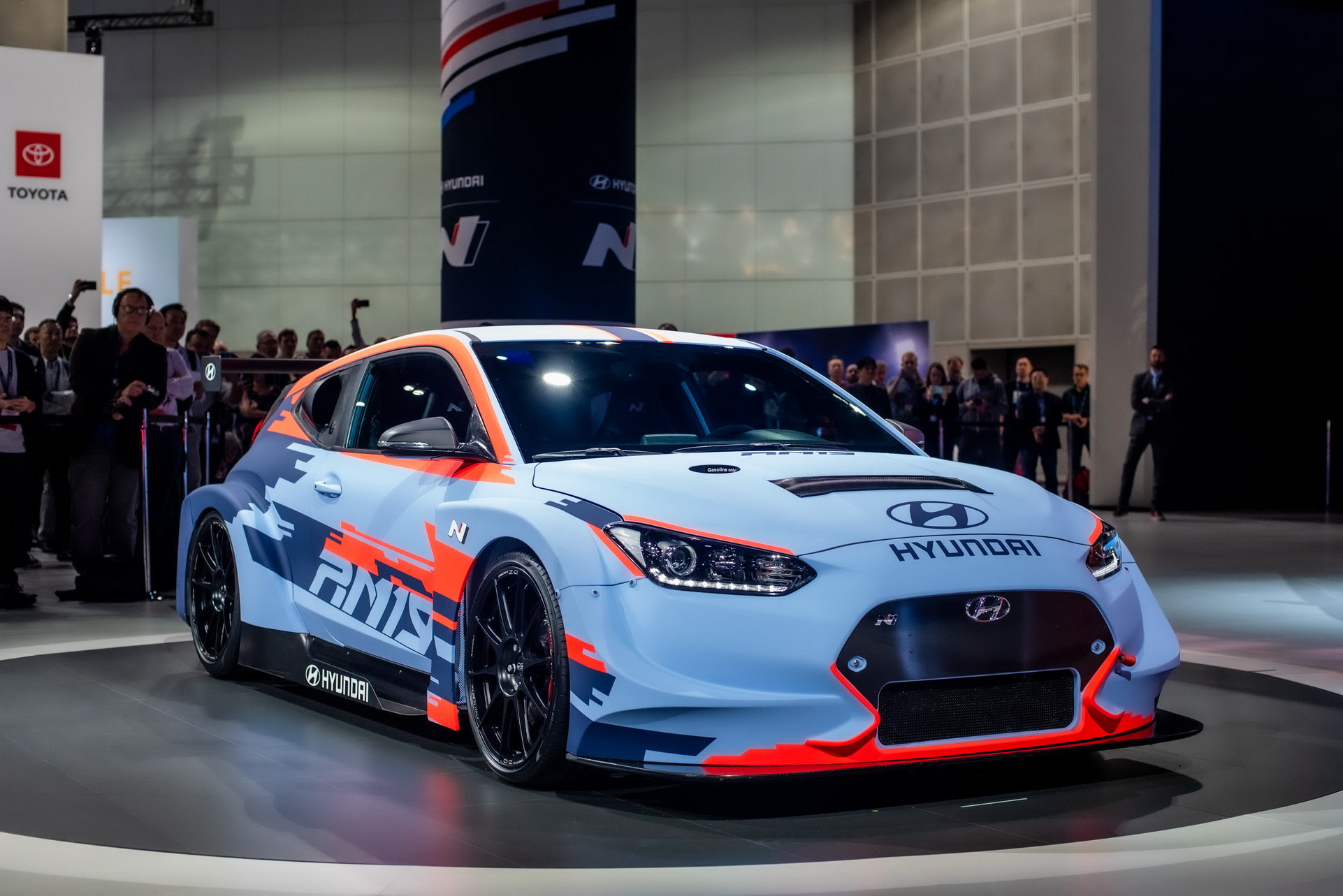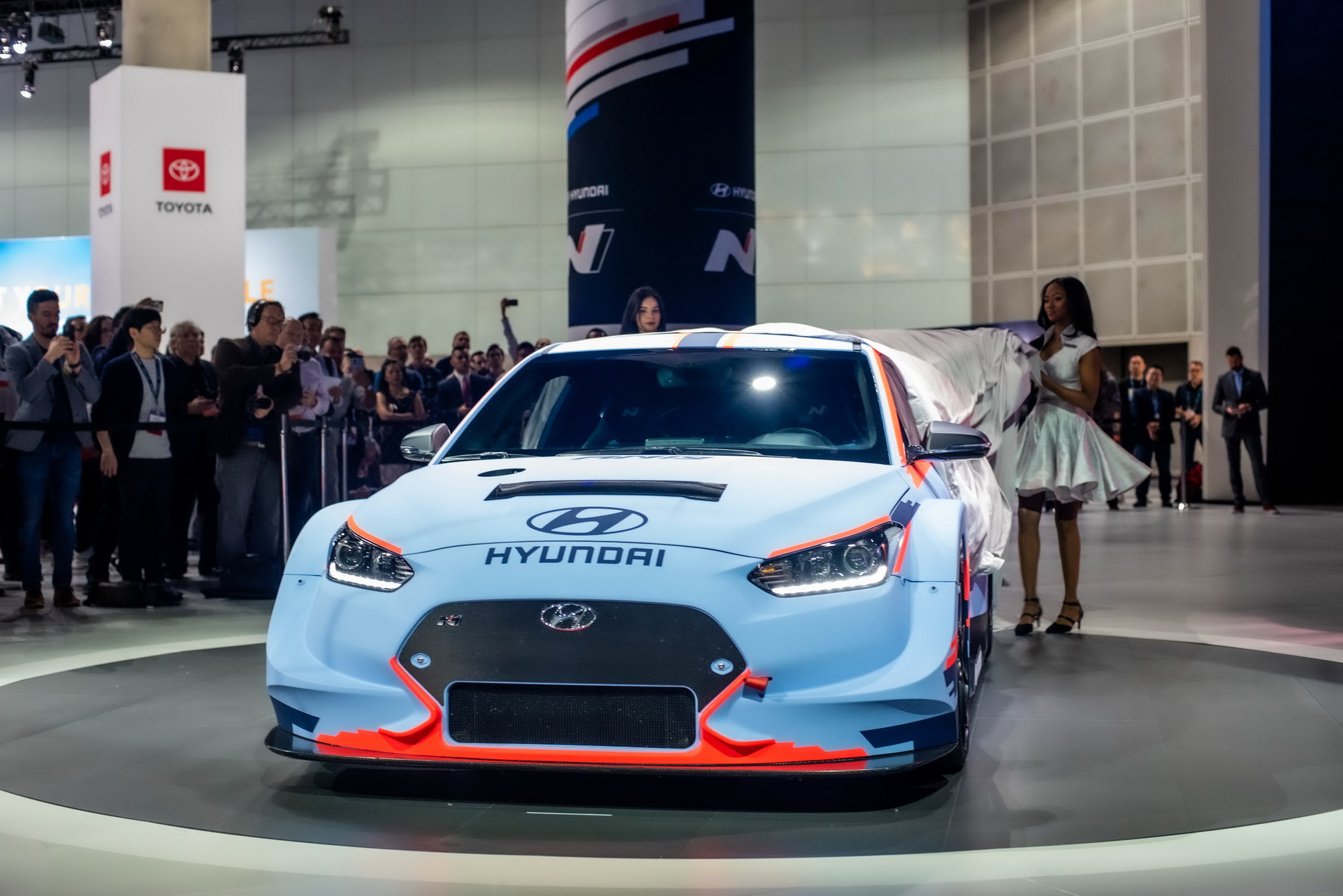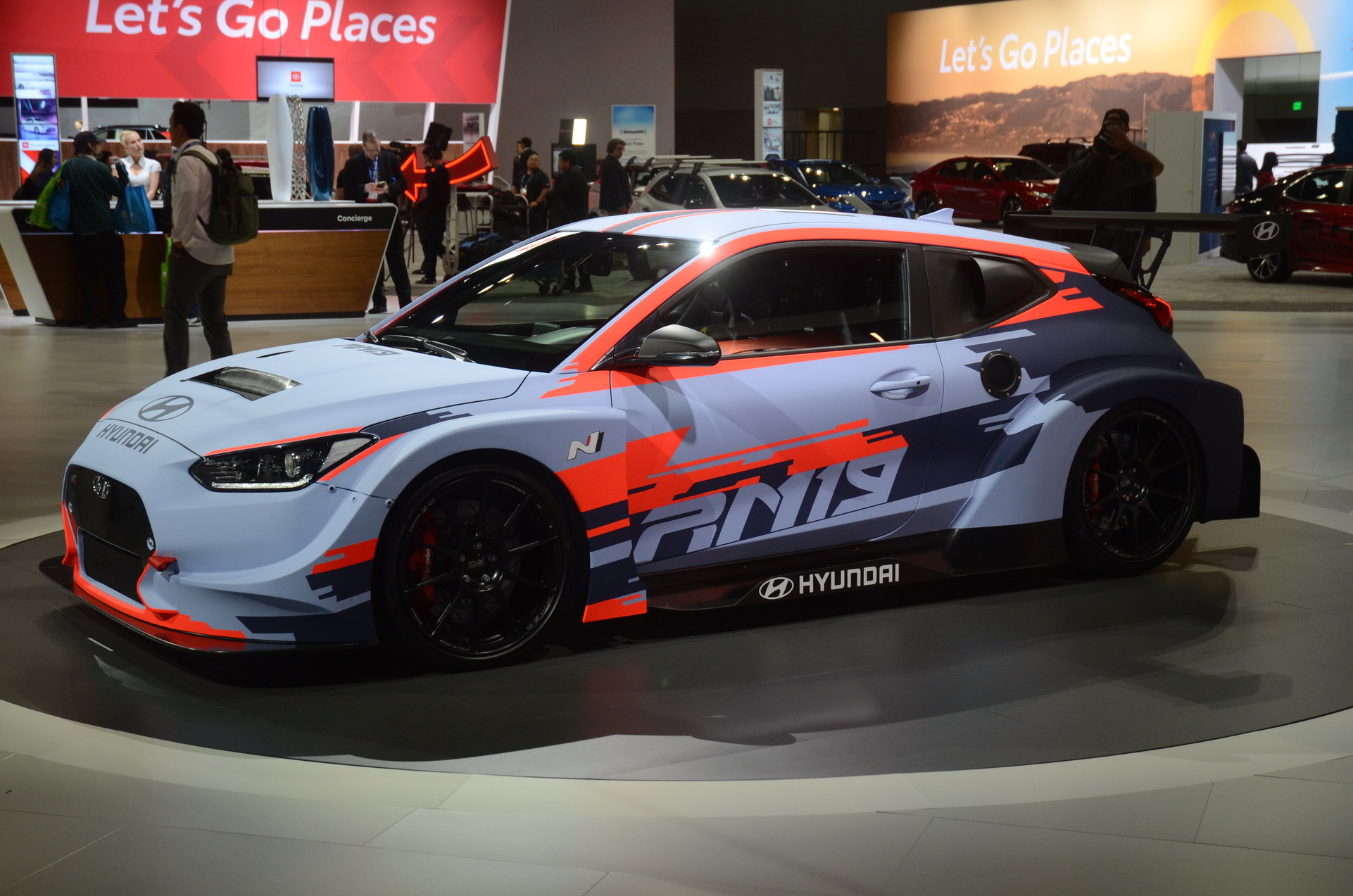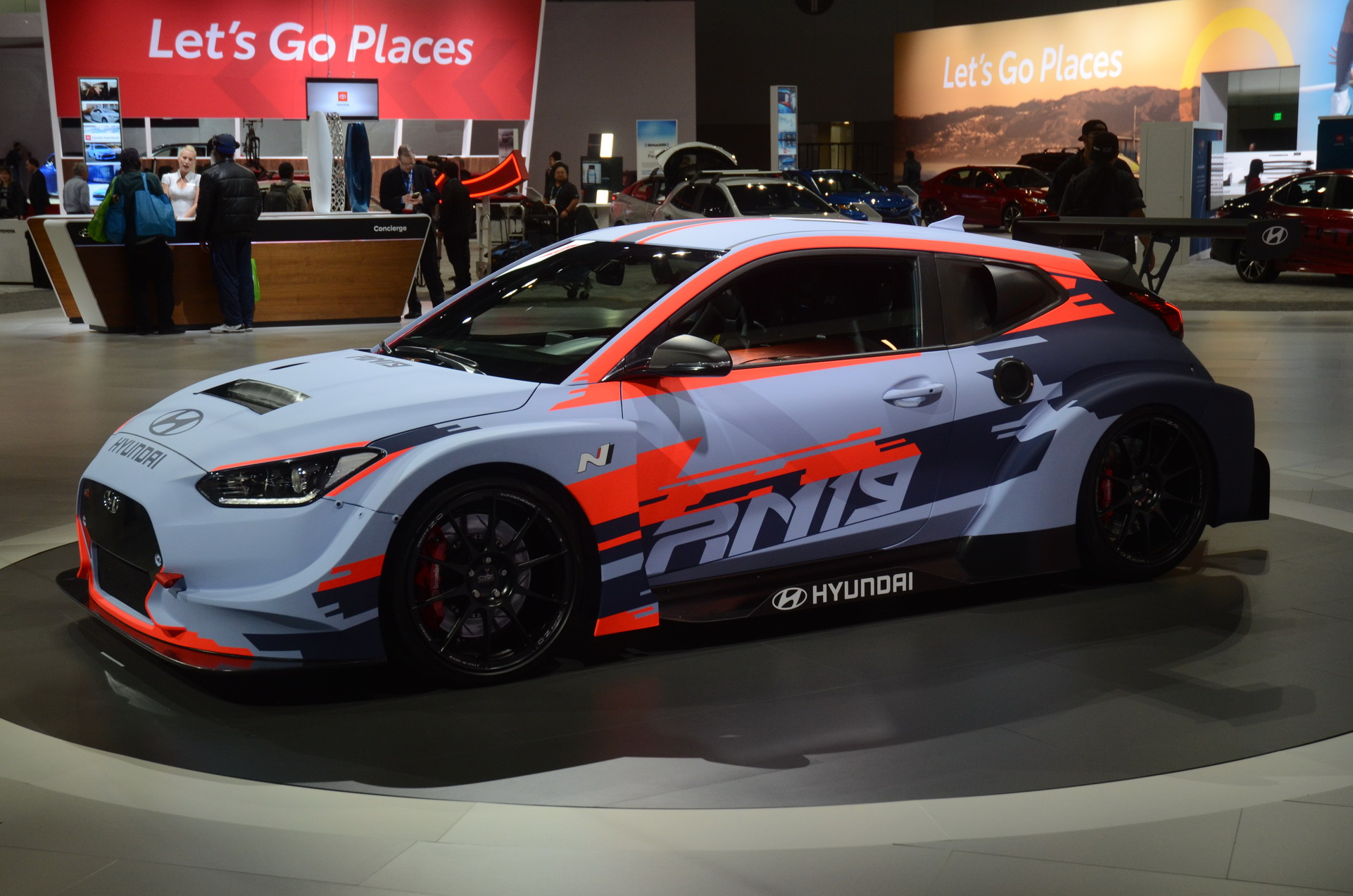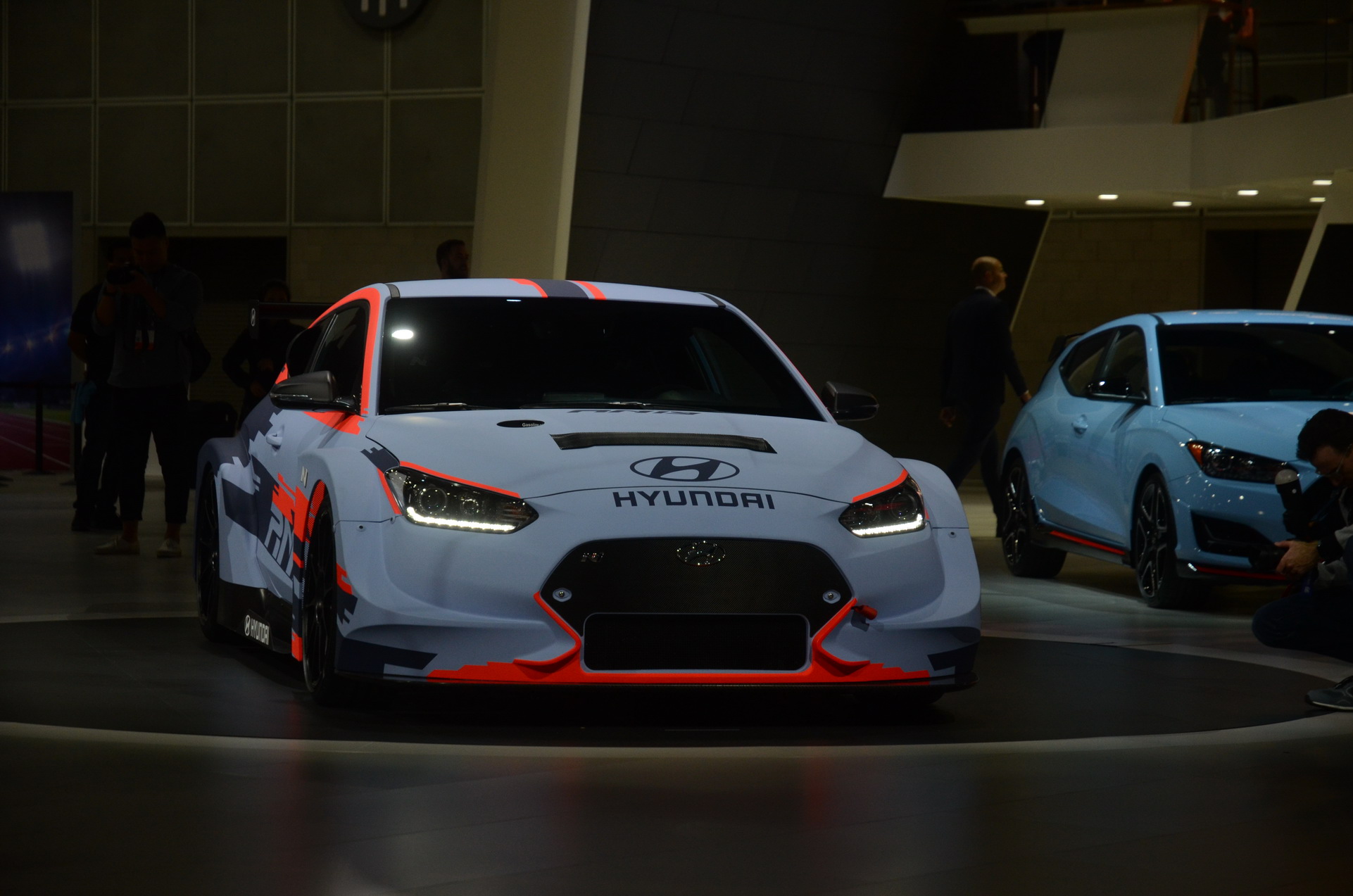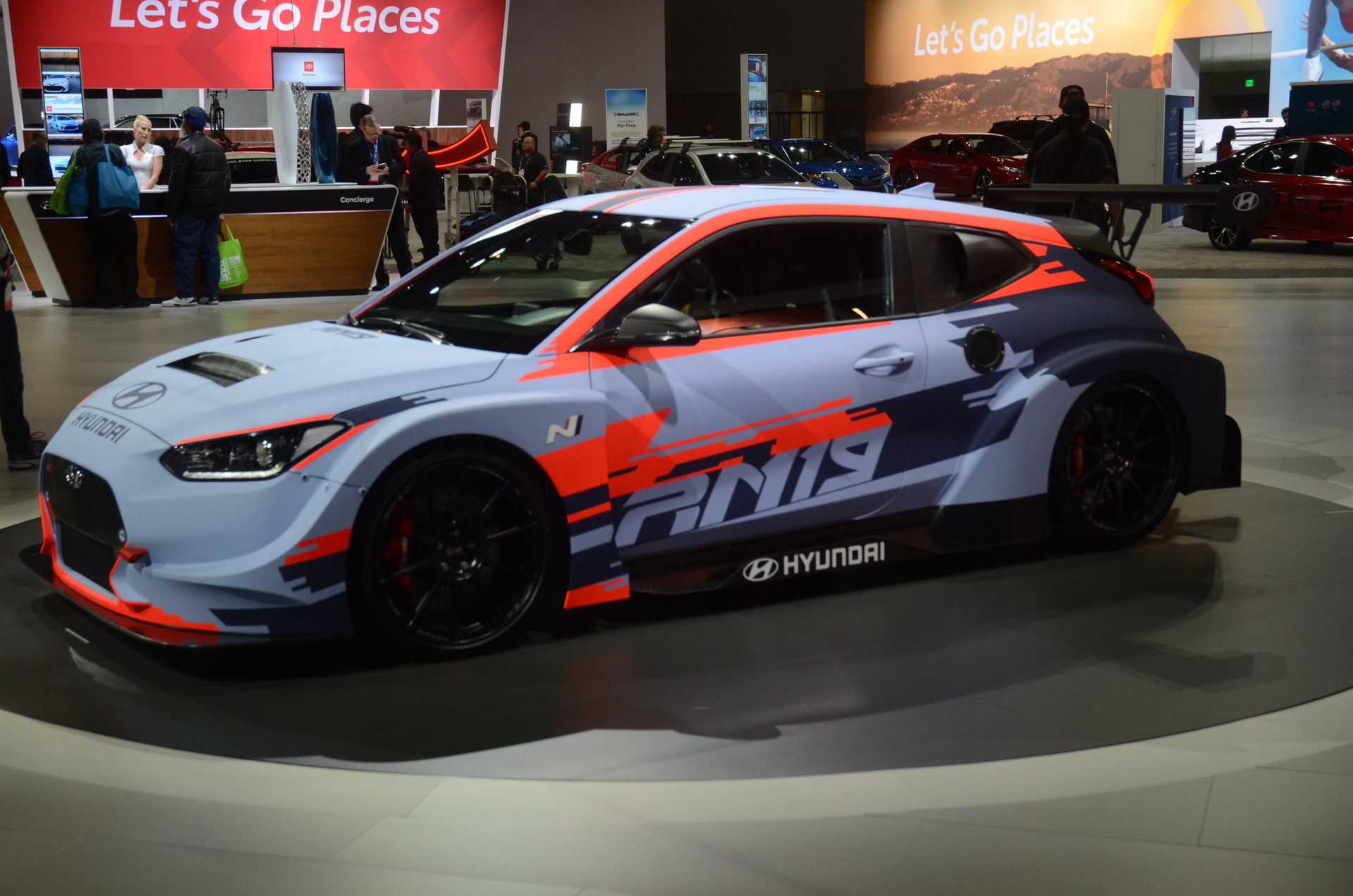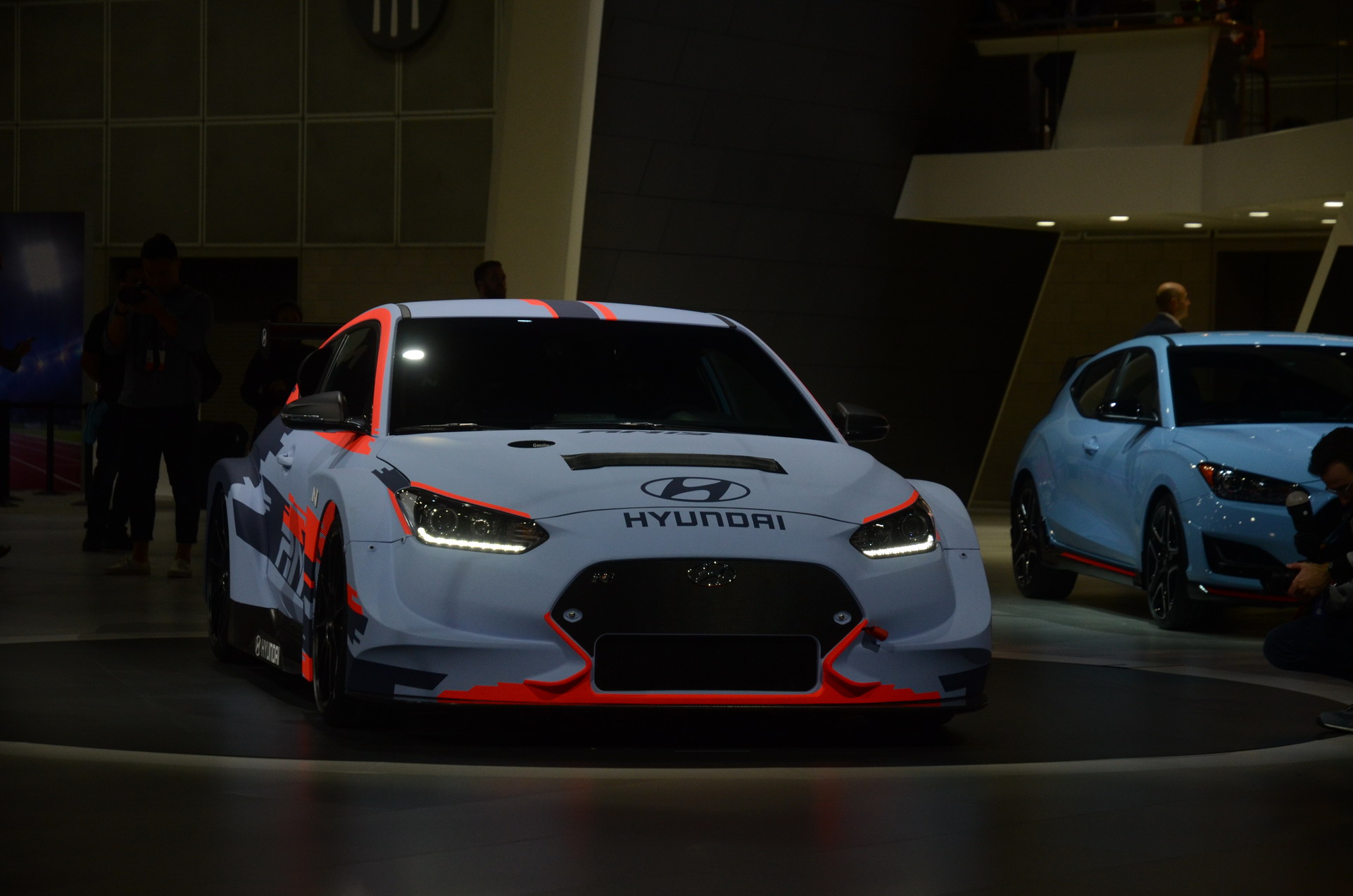With the launch of the N performance sub-brand, Hyundai has proved that it has what it takes to produce exciting performance-oriented vehicles. Now, as their appetite is getting bigger and bigger, the next step is producing a mid-engine sports car.
And not only may it happen sooner than you think, but it could be standing right in front us, and specifically, at the 2019 Los Angeles Auto Show where Hyundai displayed the RM19 Concept.
Speaking to a Hyundai representative, Car&Driver learned that the Koreans are indeed planning to introduce a mid-engine model that’s closely related to the RM19 study. “Biermann doesn’t do these things just for kicks,” the spokesperson told the magazine, referring to Albert Biermann, Hyundai’s head of research and development, and former head of the BMW M division.
The rep said that the production model “wouldn’t look dissimilar”, though it would be more restrained, dropping the extreme spoilers and fender flares, adding that it would be a couple of years before we see it in showrooms.
Driven: 2019 Hyundai i30 Fastback N Improves On A Winning Recipe
It’s too early to say whether the oily bits will carry over, but with a little elbow grease, the 2.0-liter turbocharged engine might become the most powerful of its kind, surpassing the 415 hp produced by Mercedes-AMG A45 S’ four-pot. In the RM19, it kicks out an impressive 390 horsepower and comes paired to a TCR-sourced six-speed sequential transmission and rear-wheel drive. Nought to 60 mph (0-96 km/h) is expected to take less than 4 seconds. The platform also supports electrification, so strapping an electric motor and a battery pack would make it even faster.
At the unveiling of the RM19 Concept, Hyundai’s Executive VP and chief of the Product Division, Thomas Schemera, said: “The RM19 sports car signals brand aspirations for Hyundai’s high-performance N brand, solidly moving N into the prestigious arena of supercar-level performance. Hyundai N will not only increase heartbeats per minute via powerful internal combustion engines, but also through instantaneous torque and environmental sustainability of electrified powertrains moving forward.”







